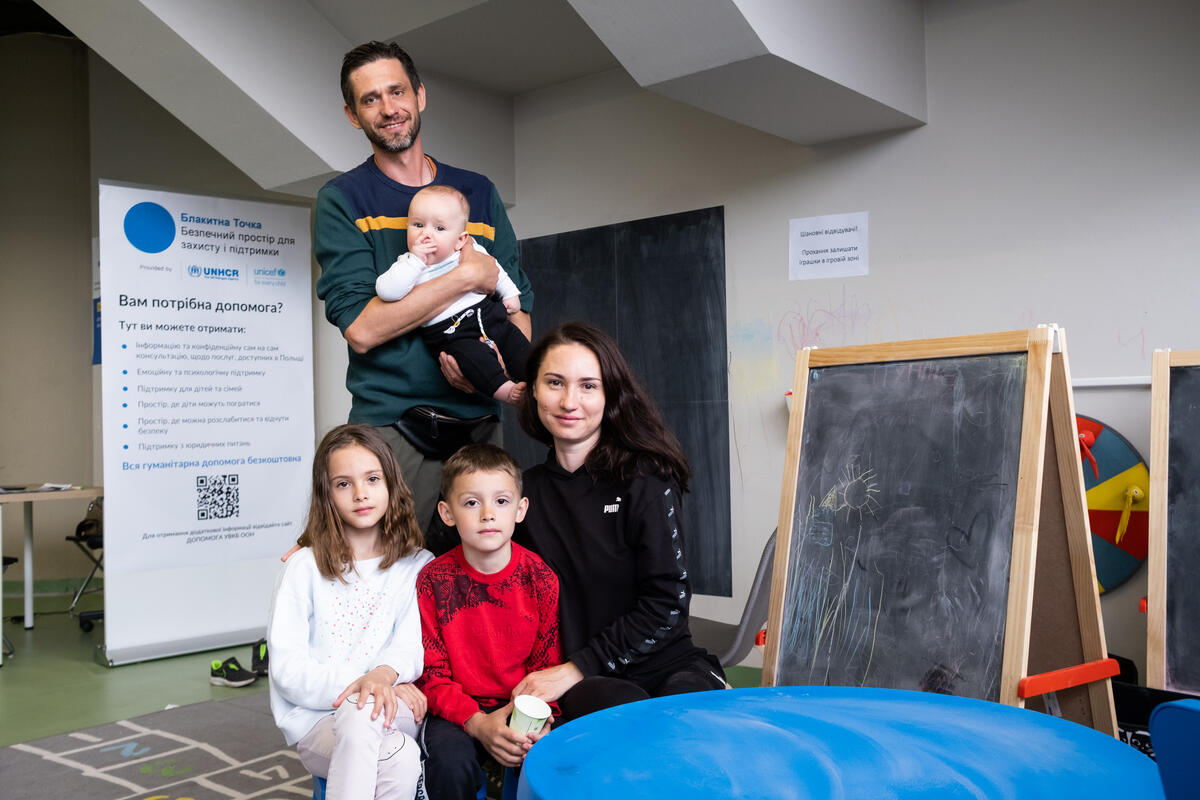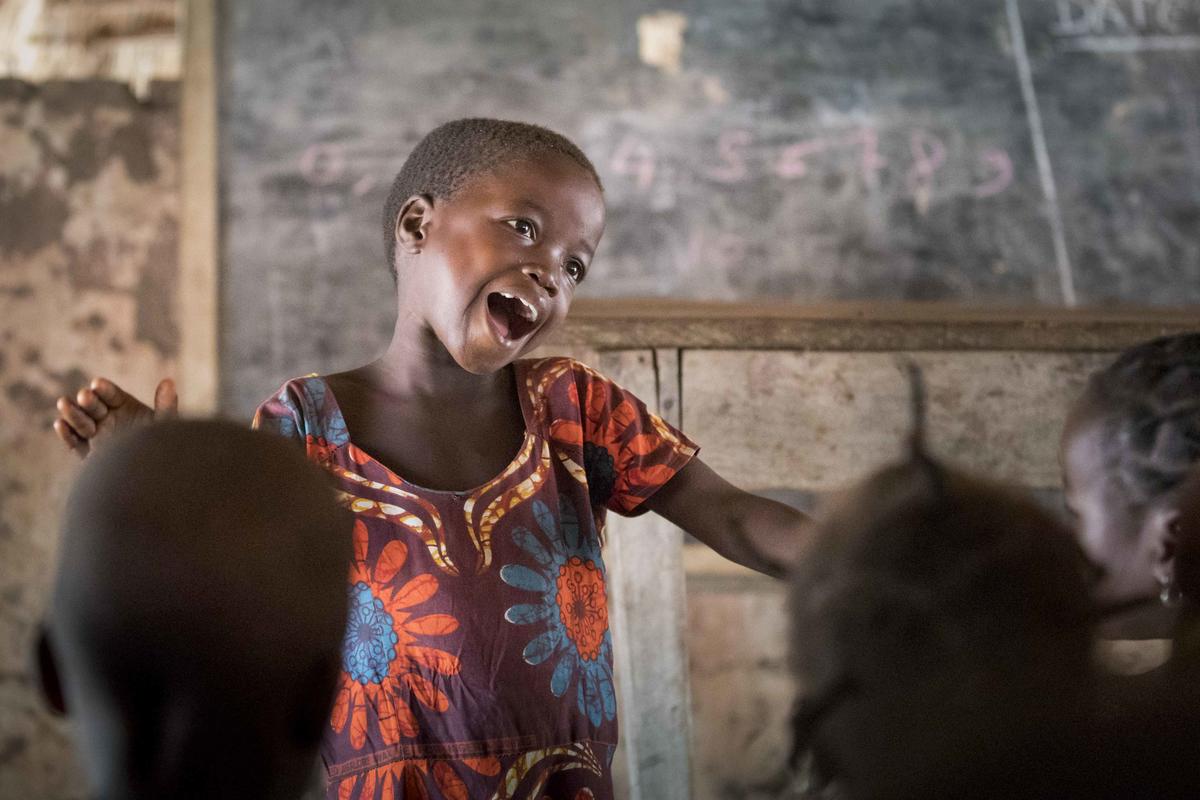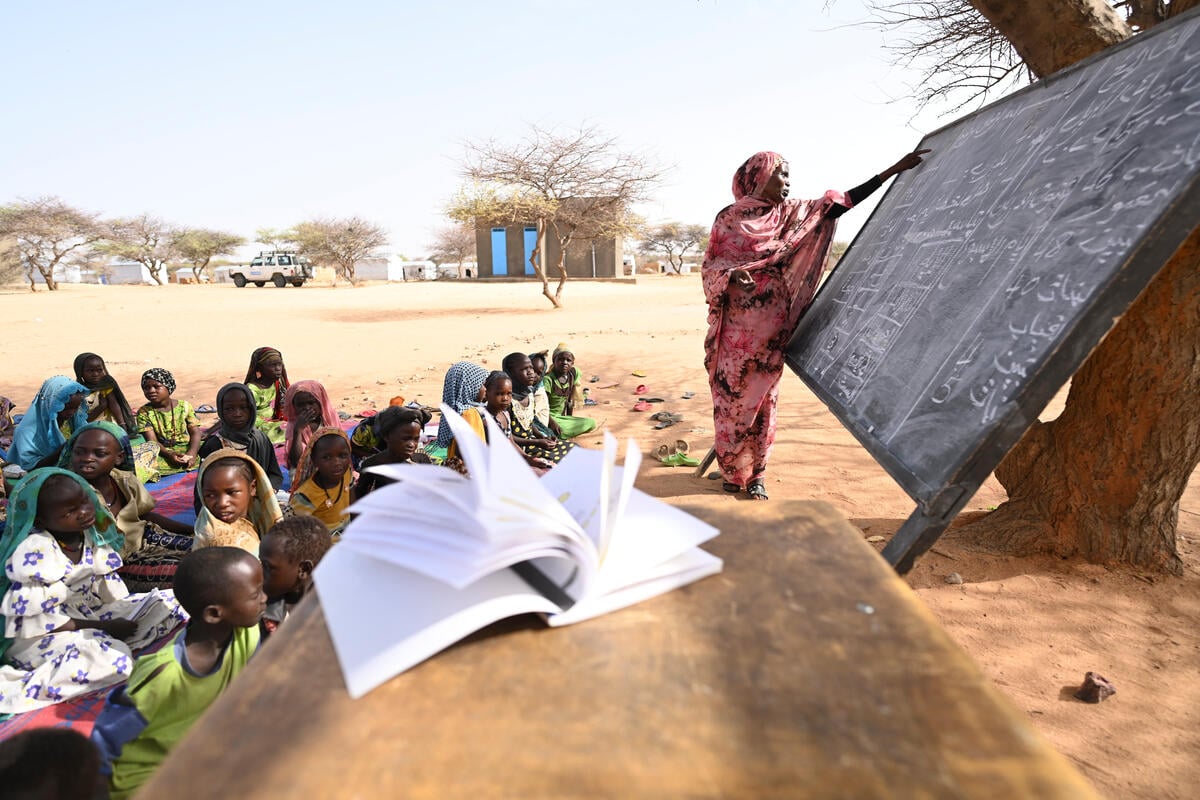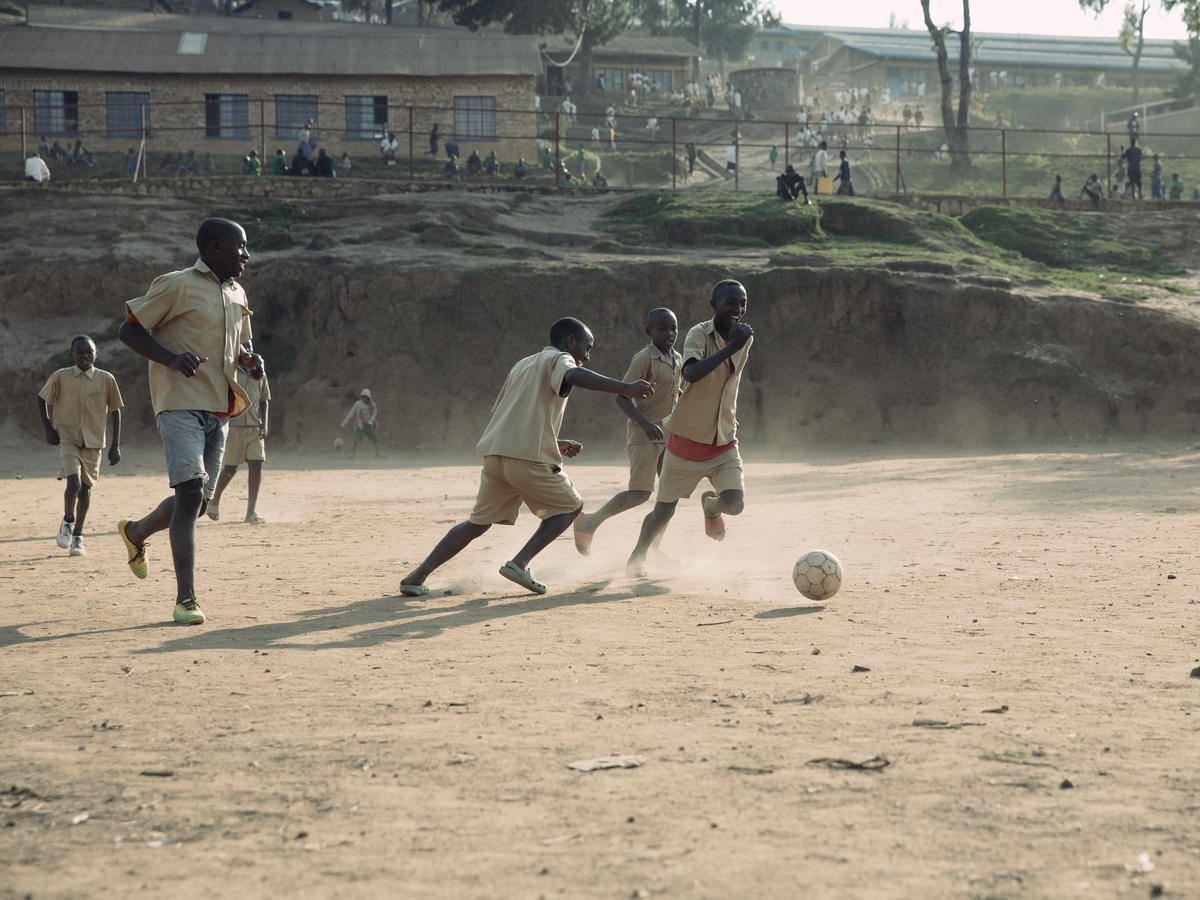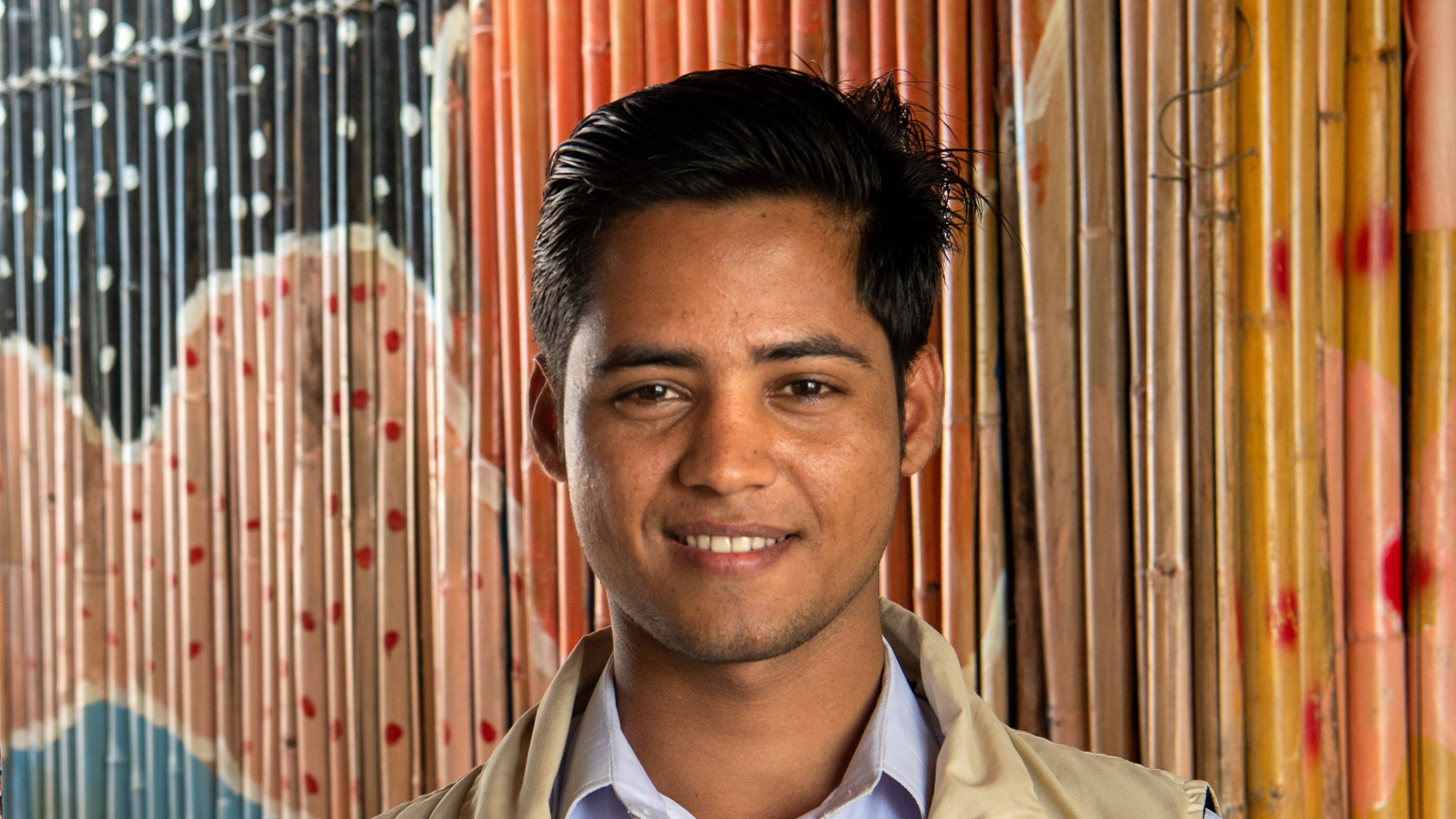UNHCR scaling up operations inside Somalia
UNHCR scaling up operations inside Somalia
Amid assessments of a somewhat improved security situation in some parts of Somalia, UNHCR is scaling up its presence in Somalia's border regions and in Mogadishu. Yesterday, a UNHCR team undertook a mission to Liboi (Kenya) and Dobley (Lower Juba), which is the main transit point on the route to Dadaab refugee camps, in order to finalize arrangements for office and accommodation premises in Dobley.
Once security clearance is obtained, the premises will be also available to other UN agencies and international NGOs, as is already the practice in other UNHCR field offices in other parts of Somalia. This is in line with similar arrangements in Dollow (Gedo region) and Mogadishu, where UNHCR is also securing premises. Presently, we have national staff in Dollow and Dobley and international and national staff in the capital Mogadishu.
The mission to Dobley, some 20 kilometers from the Somali-Kenyan border, was led by the new UNHCR Somalia Emergency Coordinator for Gedo and the Juba regions. Our team met with the local authorities, who outlined the priority needs -- namely food, water and medical assistance. They also identified three groups in particular need of aid: internally displaced people (IDPs) from southern Somalia (Mogadishu, Kismayo, Bay and Bakool regions), farmers displaced from areas around Dobley, and vulnerable families among Dobley's 3,500 households.
Several aid agencies are providing assistance in Dobley, distributing cooked food, dry rations, cash-vouchers and providing limited medical support. However, the needs are great and humanitarian response needs to scale up. UNHCR will assist in the coordination of humanitarian activities in the coming weeks as other UN agency staff arrive in the town.
UNHCR's partners in tracking the movements of population inside Somalia report that up to 65 families make the journey from Dobley to Liboi each day en route to Dadaab. Many also use alternate routes through Diif and Degelema on the Somali side and Dhadag Bulla in Kenya. Significant numbers of IDPs in both locations on the Somali side of the border are in need of assistance.
Our mission met with local and international agencies and NGOs in Dobley who confirmed that over the past weeks, more than 1,200 people were crossing into Kenya daily. The most recent arrivals to Dobley, primarily from towns in Lower and Middle Juba, expressed the desire to return to their places of origin, provided they could receive some assistance. Many local families are hosting the new arrivals -- in some instances there are six or seven families in one household. The limited resources of these host families are now overstretched, further underlining the need for a swift and massive humanitarian response in the border areas.
Meanwhile, dozens of new Somali arrivals were visible in the Kenyan border town of Liboi, where they awaited transport to Dadaab refugee camps some 80 kilometres away.
We estimate that more than 917,000 Somalis now live as refugees in the four neighbouring countries: Kenya, Ethiopia, Djibouti and Yemen. Approximately one in every three was forced to flee this year. Altogether, more than 1.4 million Somalis are displaced within the country. This now makes a third of Somalia's estimated 7.5 million people displaced.
Learn more about the crisis in the Horn of Africa and how to contribute by visiting the UNHCR Horn of Africa emergency donation site. For the latest updates follow us on Facebook or Twitter.


